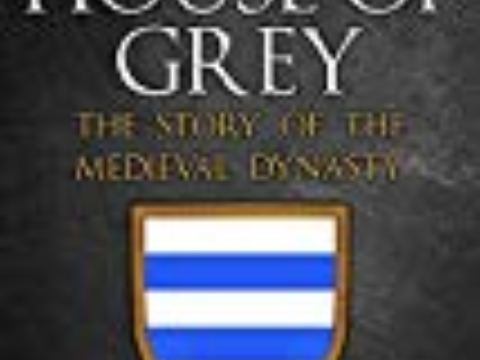Kings of the Romans & Holy Roman Emperors
Famously described by Voltaire as ‘Neither Holy, nor Roman, nor an Empire’ it was, in fact, a conglomeration of states in the landmass now largely in Germany, Austria, Switzerland and parts of Eastern Europe that elected an ‘Emperor’ as their titular overlord. The first ‘Holy Roman Emperor’ had been Charlemagne, King of the Franks, who wished to resurrect himself as the heir to the Western Roman Empire: crowned by the Pope on Christmas Day 800, he ruled a vast swathe of territory that included most of France, as well as the other lands mentioned.
By 1356, the mechanics of election and the Imperial constitution had been laid down in the Golden Bull of the Emperor Charles (Karl) IV. In principle, seven electors were to elect a ‘King of the Romans’ who would then be crowned by the Pope, which ceremony would elevate him to Emperor. The electors (whose states were then to become indivisible were: the Archchancellors of Trier, Mainz and Cologne, the Cupbearer of Bohemia, the Count of the Palatinate (a confusing agglomeration of territories) the Marshal of Saxony and the Chamberlain of Brandenburg. The latter four were then known as the Electors of Bohemia, the Palatine, Saxony and Brandenburg. A majority vote was sufficient.
By the late 15th century, it had been held by the Hapsburg Archdukes of Austria for some fifty years. They continued to be elected to the title (not without attempts, notably in 1519, by other Kings to be granted it) until the title was abolished in 1806. Although both Maximilian I and his successor, Charles V, attempted to establish a central Imperial authority, this was never a realistic goal and the Empire remained a loose federation of states. Charles V was the last emperor to be crowned by the Pope – in 1530 at Bologna.
Charles V was followed by his brother, Ferdinand I, who was also King of Hungary and Bohemia (not without dispute). Ferdinand’s son, Maximilian II, toyed with Protestantism, but never openly converted, and was unable to achieve his ambition of reunifying the Church. The Empire was assailed from the east with the advance of the Ottoman Empire. Maximilian was succeeded by his two sons, Rudolf II, during whose reign the long struggle with the Ottomans continued, then by Matthias, who also sought religious compromise between the different Christian factions.
The next Emperor, Ferdinand II, was uninterested
in religious tolerance, and his attempts to suppress Bohemian Protestantism
were a major factor in the Thirty Years’ War, the longest, and, proportionate to
population, probably most destructive, war in European history.
| Monarch | Dates of Reign | Spouse(s) |
| Frederick III | 19 March 1452 – 19 August 1493 | Eleanor of Portugal |
| Maximilian I | 16 February 1486 – 12 January 1519 | Mary, Duchess of Burgundy Bianca Maria Sforza of Milan |
| Charles V | 28 June 1519 – 27 August 1556 | Isabella of Portugal |
| Ferdinand I | 5 January 1558 – 25 July 1564 | Anne Jagiellonica, Queen of Bohemia and Hungary |
| Maximilian II | 25 July 1564 – 12 October 1576 | Maria of Spain |
| Rudolf II | 12 October 1576 – 20 January 1612 | |
| Matthias | 13 June 1612 – 20 March 1619 | Anne of Austria |
| Ferdinand II | 28 August 1619 – 15 February 1637 | Maria Anna of Bavaria Eleonora Gonzaga of Mantua |
